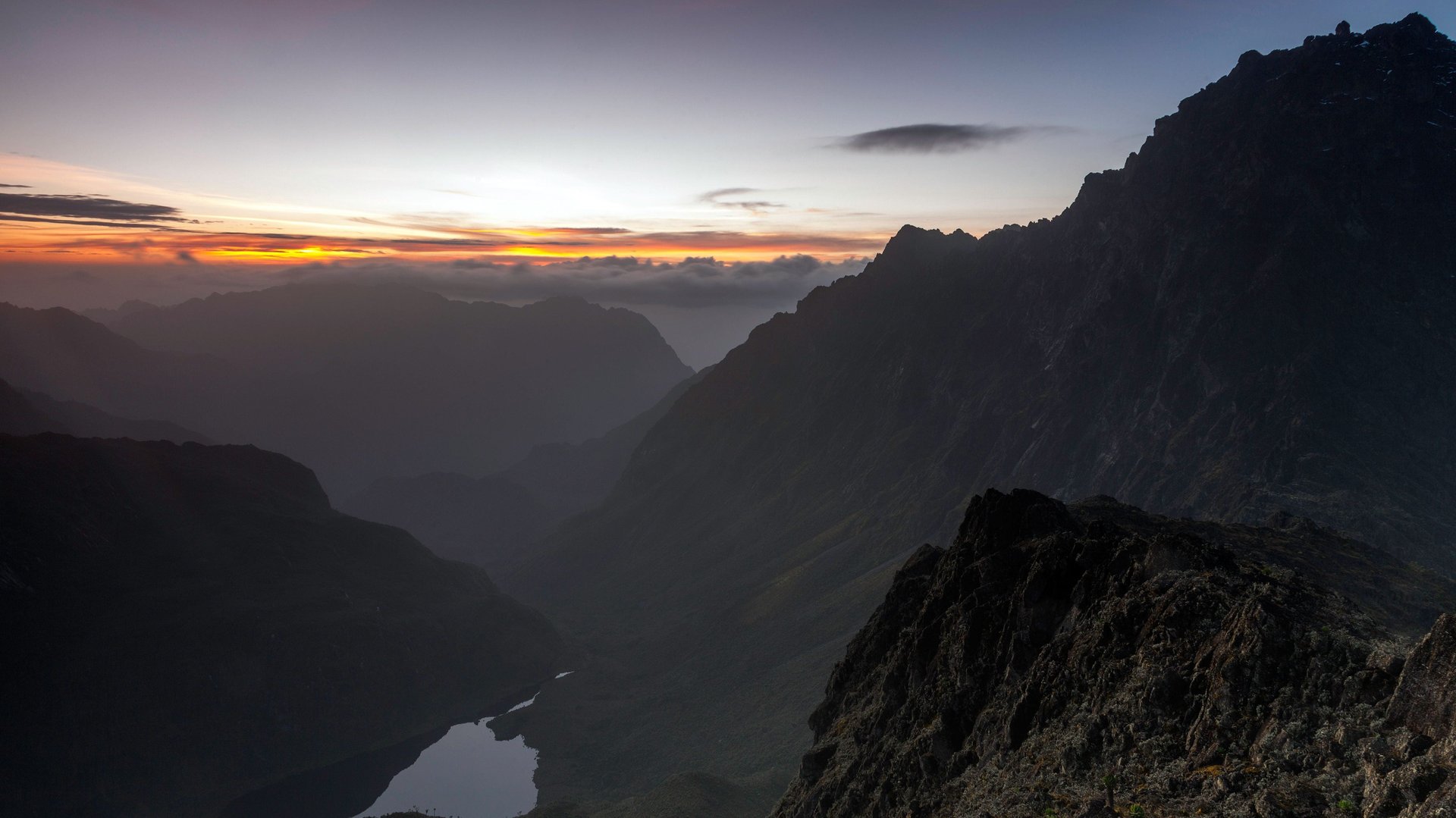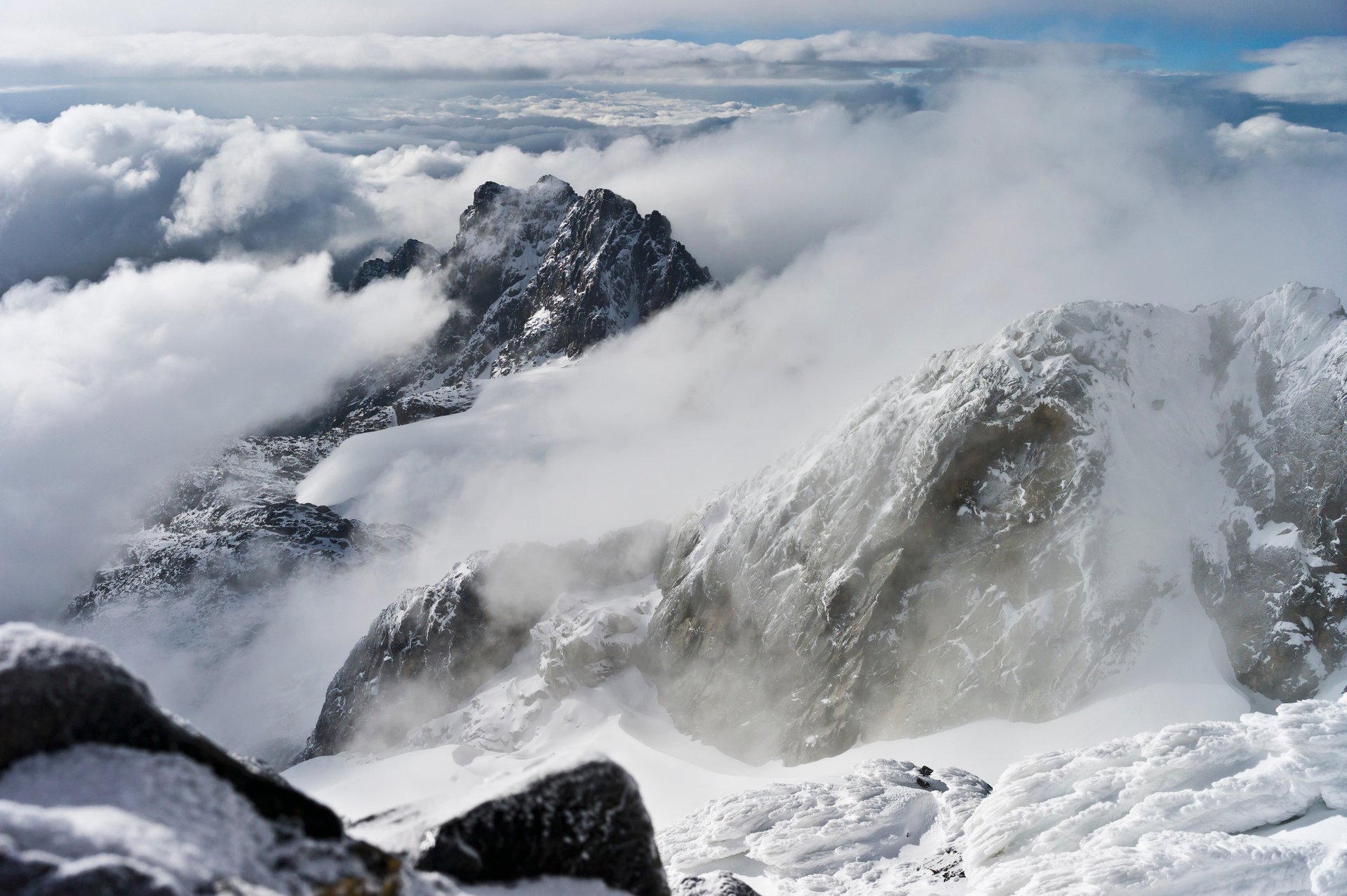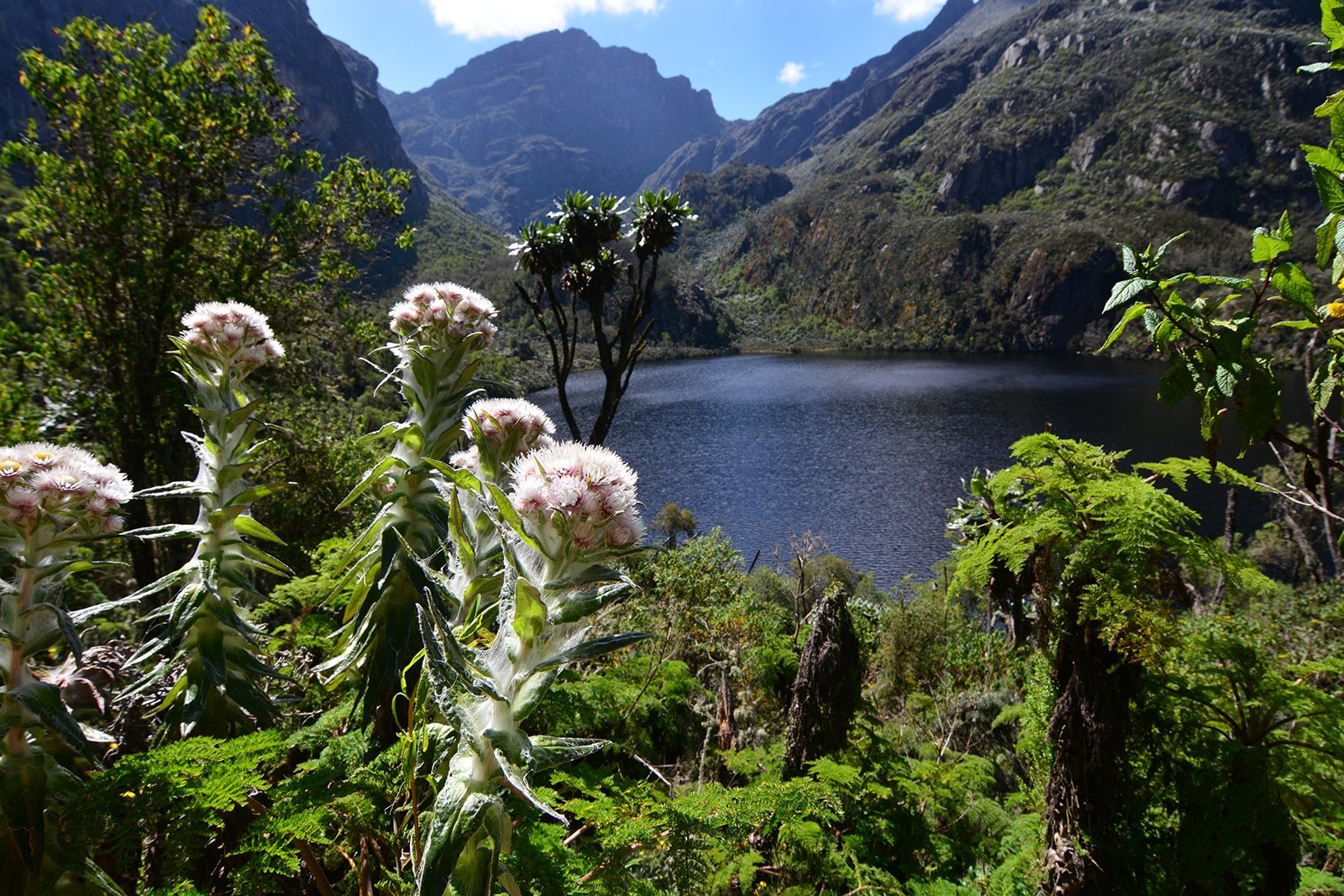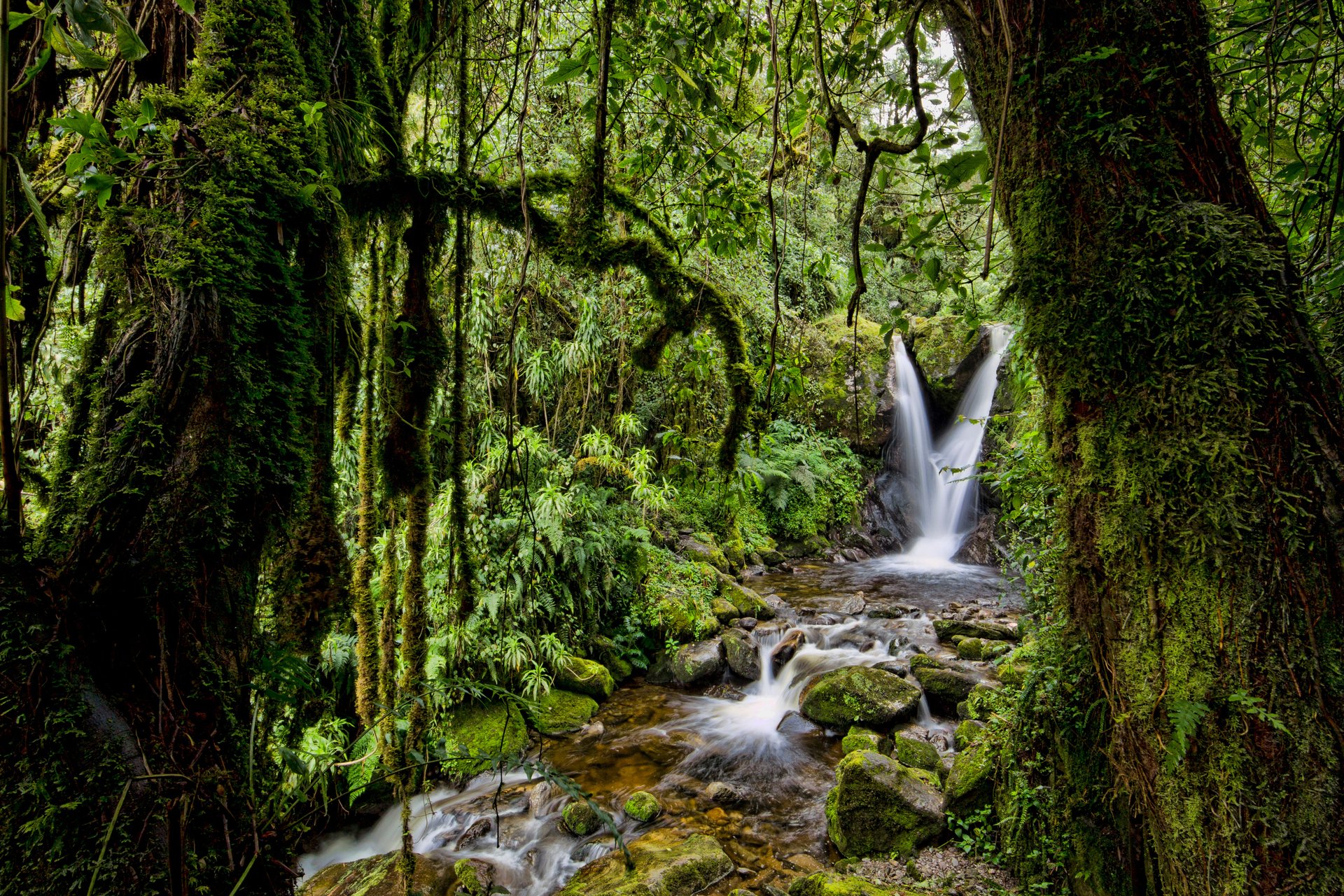This may be Africa’s most scenic mountain range, yet it struggles to attract tourists
One of the earliest recorded tours to the Rwenzori Mountains was in the second century, when Alexandrian mathematician Claudius Ptolemy, searching for the source of the Nile river, named them the “mountains of the moon.”


One of the earliest recorded tours to the Rwenzori Mountains was in the second century, when Alexandrian mathematician Claudius Ptolemy, searching for the source of the Nile river, named them the “mountains of the moon.”
Since then, modern-day Uganda has struggled to drum up the same kind of hype. Recognized as a Unesco World Heritage site for its unique flora and fauna, this high-altitude paradise should be on the Instagram stories of the thousands of millennials rediscovering Africa off the beaten path. Yet, the mountain range near Uganda’s eastern border with the DR Congo has failed to attract the kind of numbers that nearby Mount Kilimanjaro has—and the tourism dollars that go with it.

The Rwenzori mountains are home to Africa’s third highest mountain, Mount Stanley. The mountain range also hosts six of the continent’s ten highest mountain peaks, like Mount Stanley’s Margherita Peak, which climbs higher than the five-thousand-meter mark (more than 16,400 feet)—taller than the highest point of the Alps. Hikers who make it up Margherita also give Mount Speke and Mount Baker a try, and also take in the spectacular Enock Falls. Then there are also the bamboo forests Rwenzori Mountains National Park and the most permanent source of the Nile to discover. It’s no wonder Ptolemy was mesmerized.
Despite this biodiversity and breathtaking views, less than 700 people trekked park’s peaks between January and October 2017, according to the Guardian. The hikers who do review the trail marvel at its emptiness as much as they do the natural terrain.
Uganda welcomed 1.3 million international visitors in 2016, a steady increase from 2010, according to Ugandan Tourism Board’s 2017 report (pdf). Still, observations from the report show that the Ugandan government is still trying to develop its natural wonders into more tourist friendly sites.
Yet, only 246,000 tourists made it to the countries national parks, according to the tourism body and Rwenzori was not even in the top three visited parks in the country. A seven-day trek to Margherita Peak, is slightly less expensive than a similar trek up Kilimanjaro, but the Ugandan experience has fewer amenities that would appeal to international visitors.
“You have to be lucky if you can shower, no proper bathrooms so showering is outside in the bush,” said Mac Leo Wakuma of the Uganda Tourism Center, an independent organization. “So there is value for money at Kilimanjaro compared to Rwenzori.”
“Uganda is not doing enough to market Rwenzori or tourism in Uganda at large,” Wakuma told Quartz.

The park still suffers from a bad reputation picked up in the mid-1990s, when Congolese rebels hid in the mountains, and reports of sporadic fighting and waves of criminality, believed to be carried out by the Mai Mai militia and remnants of the Rwandan genocidaire.
With peace returning, foothill towns like Kasese and Mpondwe have grown quickly. If properly developed, tourism in the area could easily be the main industry here. Like much of Africa’s hidden gems, the Rwenzori mountains need some good marketing to improve their visibility.
